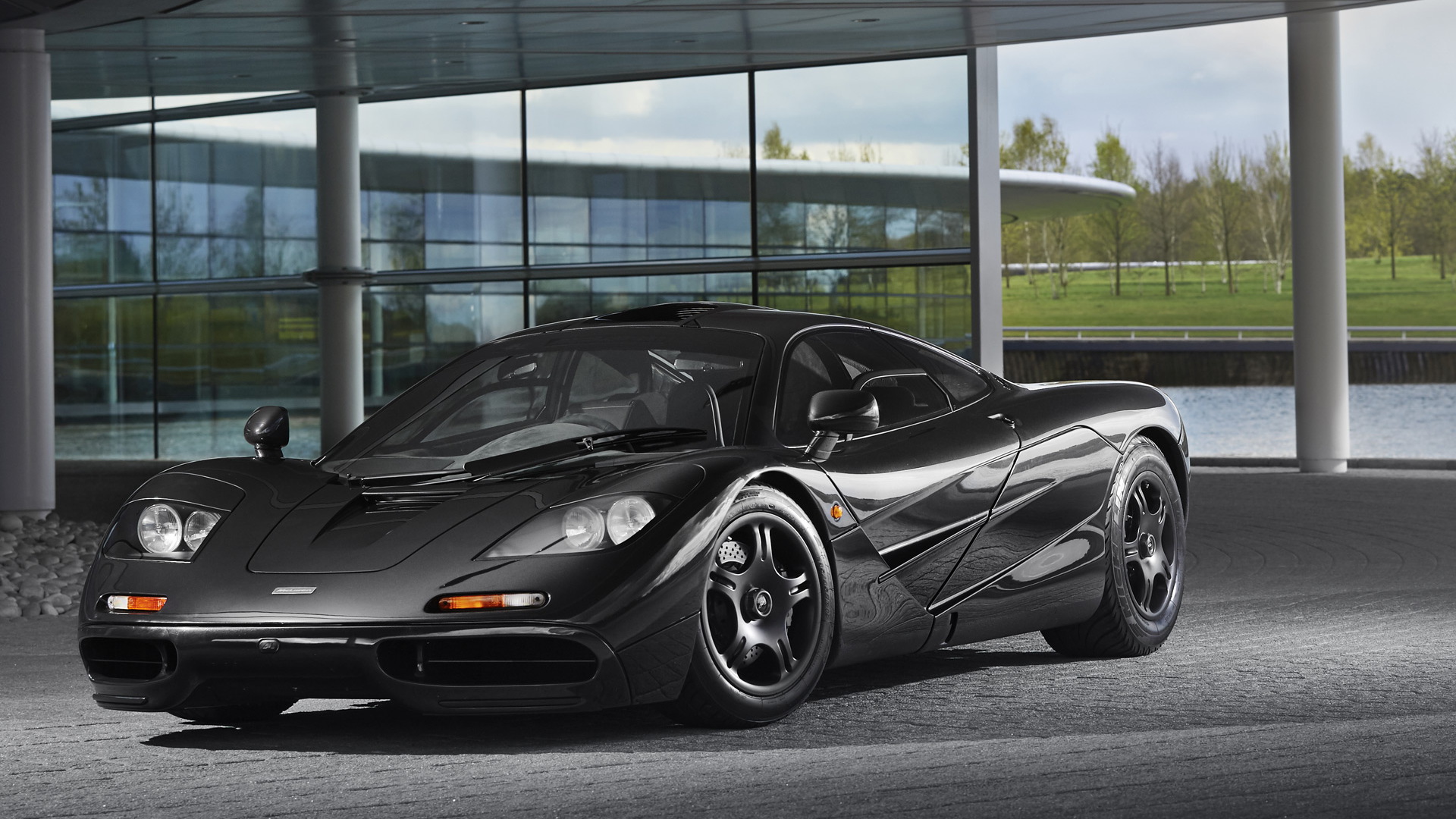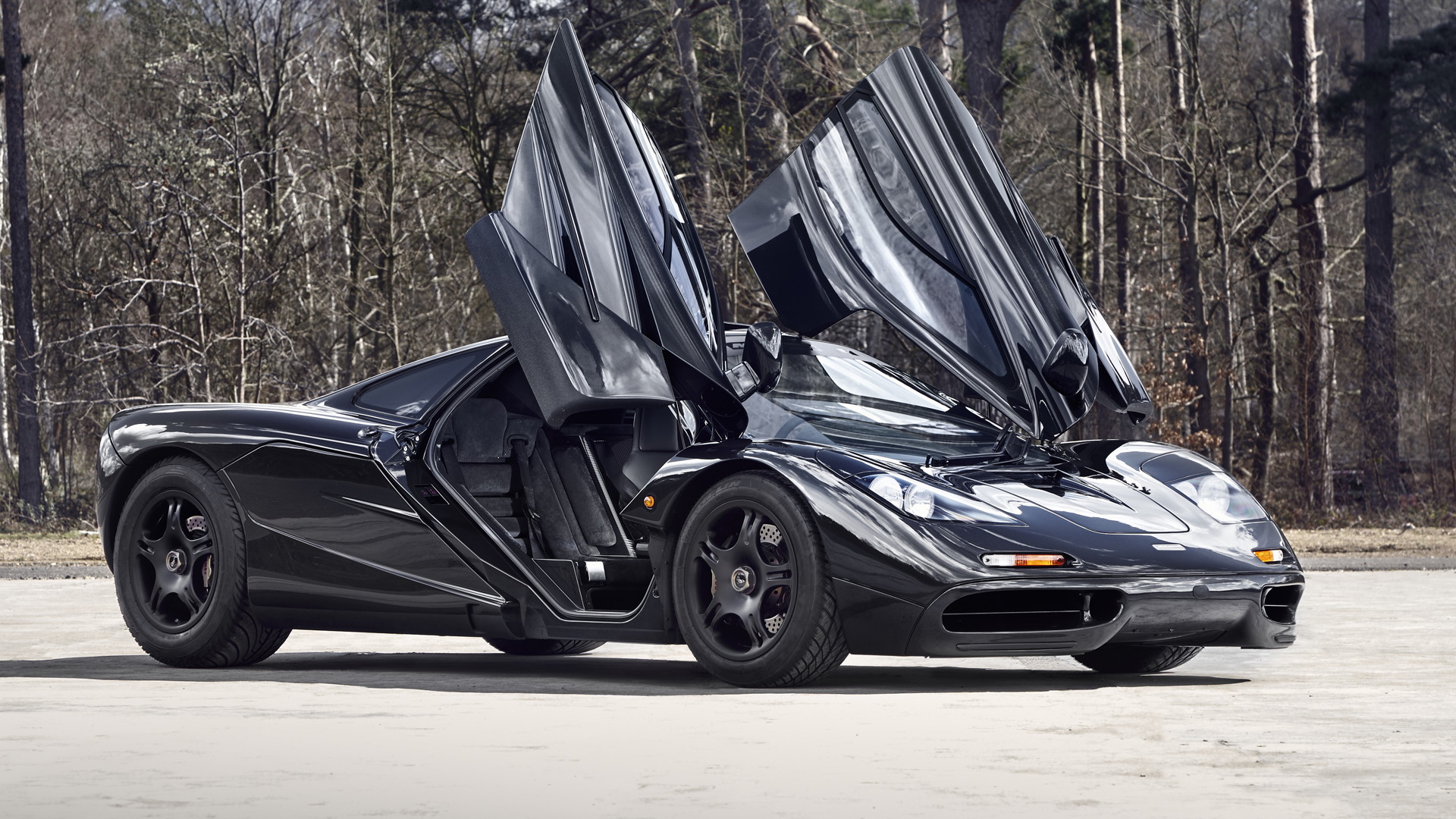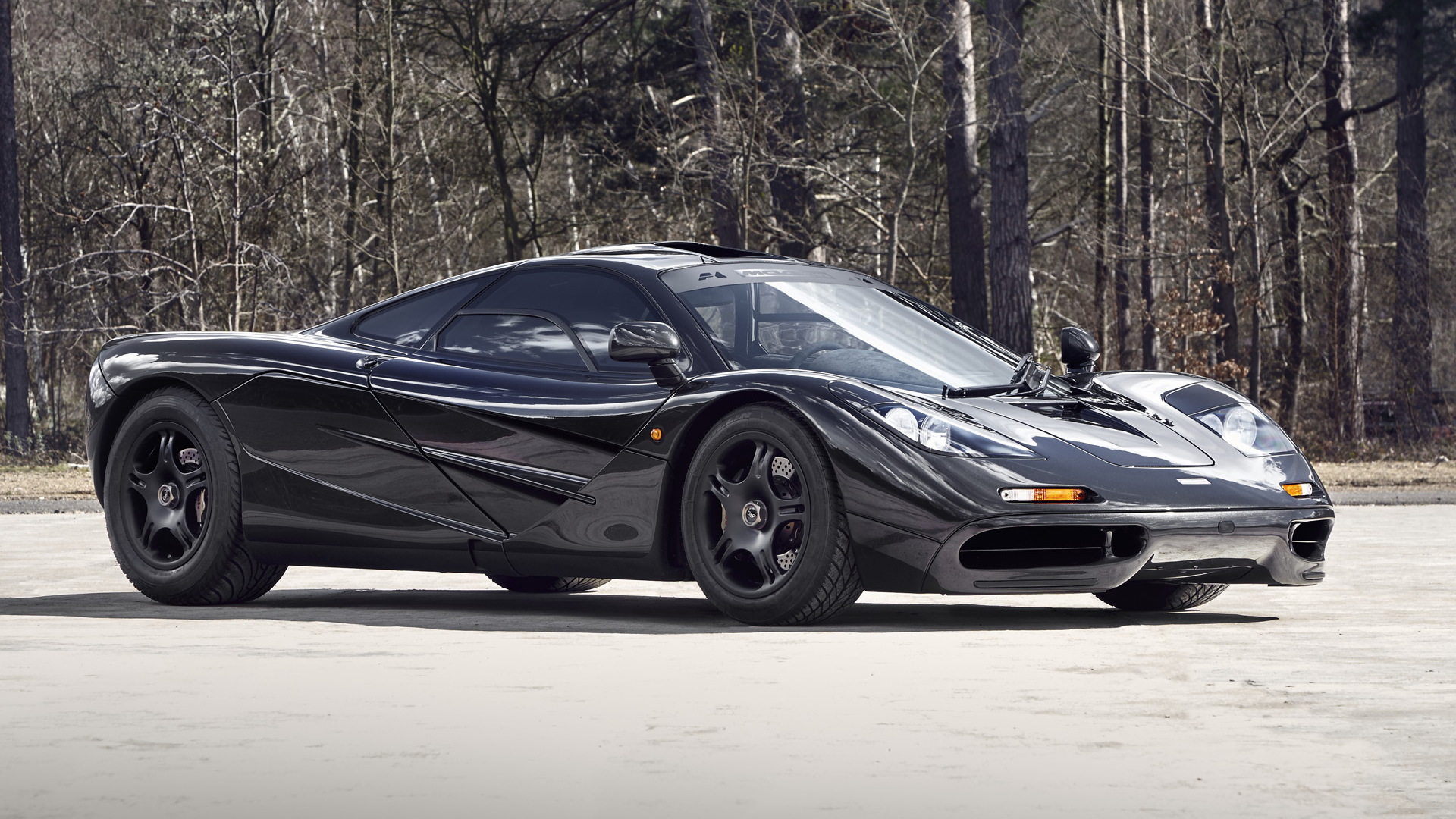It's one of the younger brands on the automotive landscape, but few car names sport the supercar aura and carry the racing heritage of McLaren.
New Zealand-born Bruce McLaren became one of the youngest Formula 1 champions in 1959, when he won his first Grand Prix. After starting his own race team, he drove for Ford and won the 1966 24 Hours of Le Mans.
After his death at Goodwood in 1970, his namesake company started building cars, first with its own stunning F1 supercar, then in concert with Mercedes-Benz with the SLR McLaren, before relaunching as its own marque in 2010.
The cars built by McLaren Automotive since then reach into the performance stratosphere: the 12C, the P1, the 650S and 675LT, and the 570S. Not one of them takes more than 3.5 seconds to reach 60 mph; not one of them tops out at below 200 mph.
McLaren's first production car set its sights high, and achieved automotive immortality as one of the most powerful, and beautiful, supercars of all time. Designed in the early 1990s and introduced in 1993, the McLaren F1 bore all the hallmarks of a Formula 1-inspired design, with a carbon-fiber body and a unique mid-mounted driver seat. A mid-engine 6.1-liter V-12 developed 627 horsepower, good for 0-60 mph acceleration in less than 3.2 seconds and a top speed of 241 mph. That top-end number stood alone until the arrival of the Bugatti Veyron. A racing version of the F1 won Le Mans, giving the McLaren brand championships in F1, at Le Mans, and at the Indy 500. Only 106 F1 cars were built through 1998, and today, examples have sold for tens of millions of dollars.
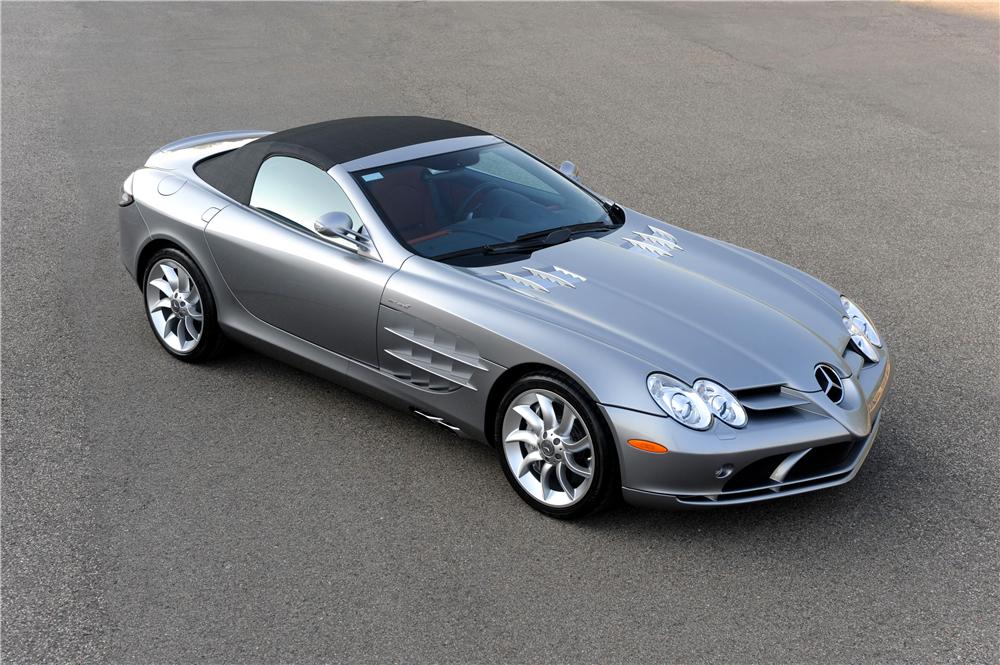
Mercedes-Benz SLR McLaren
The follow-up to the spectacular F1 was the SLR McLaren, a vehicle co-developed with Mercedes-Benz but built by McLaren. The bi-national supercar sported a 5.5-liter supercharged V-8 good for 626 hp and a 0-60 mph time of 3.8 seconds, making it the slowest production car to wear a McLaren badge. An uprated 722 Edition was rated at 650 hp, and topped out at 210 mph; a convertible version was offered, as was a Stirling Moss special edition.

McLaren P1
McLaren P1 and GTR, the "Ultimate Series"
McLaren's successor to the F1 emerged at the 2012 Paris Auto Show in the form of the P1 concept, which went into production six months later. A very short production run of 375 cars made certain the $1.15 million supercar would be sold out, and would become an instant classic--but all of that was certainly helped by its spec sheet. A twin-turbo 3.8-liter V-8 with an electric motor and 200 pounds of batteries made the P1 a hybrid supercar, one capable of 0-60 mph times of less than 3.0 seconds, and a top speed limited to 217.5 mph. Total power output reach 903 hp and 663 lb-ft of torque net, between its gas engine and electric motor. A distinct GTR track edition wore more dramatic aerodynamic bodywork, and sported a revised powertrain with 986 hp, an increase of 83 hp.

2014 McLaren 12C
In 2011, McLaren had introduced the MP4-12C, its streetable supercar. With a carbon-fiber chassis, the new McLaren was priced at more than $250,000, and earned it with a version of its twin-turbo V-8 eventually rated at up to 616 hp. A 7-speed dual-clutch transmission handled shifts. With a curb weight of about 3,200 pounds, the 12C was capable of 0-60 mph times of about 3.1 seconds, and a top speed of 204 mph. A later Spider edition sported a retractable roof panel, and added only 88 pounds to its curb weight.
McLaren 650S and Spider, the "Super Series"
A derivative of the 12C, the 650S introduced a dramatic new look for the McLaren road-car family, while trading about 25 percent of the 12C's parts for new. The more aerodynamic shape, first shown at the 2014 Geneva motor show, cloaked a stronger version of the 3.8-liter twin-turbo V-8, with output rising to 641 hp. Shifting is handled by a 7-speed dual-clutch transmission. A carbon-fiber tub sports aluminum suspension subframes, and adaptive driving dynamics and custom Pirelli P Zero Corsa tires are fitted. The 650S and its Spider convertible model are capable of reaching 60 mph in 2.9 seconds, and a top speed of more than 204 mph--but remain driver-friendly road cars, with features like Bluetooth, satellite radio, and leather bucket seats.

2016 McLaren 675LT Spider
McLaren 675 LT and Spider, the "Super Series"
An evolution of the 650S, the McLaren 675 LT and Spider share the 650's carbon-fiber structure but have a longer tail--hence the "LT" designation. Bowing at the 2015 Geneva motor show, the 675 LT is a track-focused version of the Super Series cars, with about half the components in the twin-turbo 3.8-liter V-8 being upgraded or replaced. Power output climbs to 666 horsepower (675 hp metric) and 516 pound-feet of torque. (A lower-output 625 is offered in countries outside the U.S.) Weight reduction offsets the body changes; the 675 LT is 220 pounds lighter than the 650S, at 2,712 pounds, thanks to more carbon-fiber elements and the deletion of features such as air conditioning. McLaren says the 675 LT accelerates to 60 mph in under 2.9 seconds, all the way to a top speed of 205 mph.
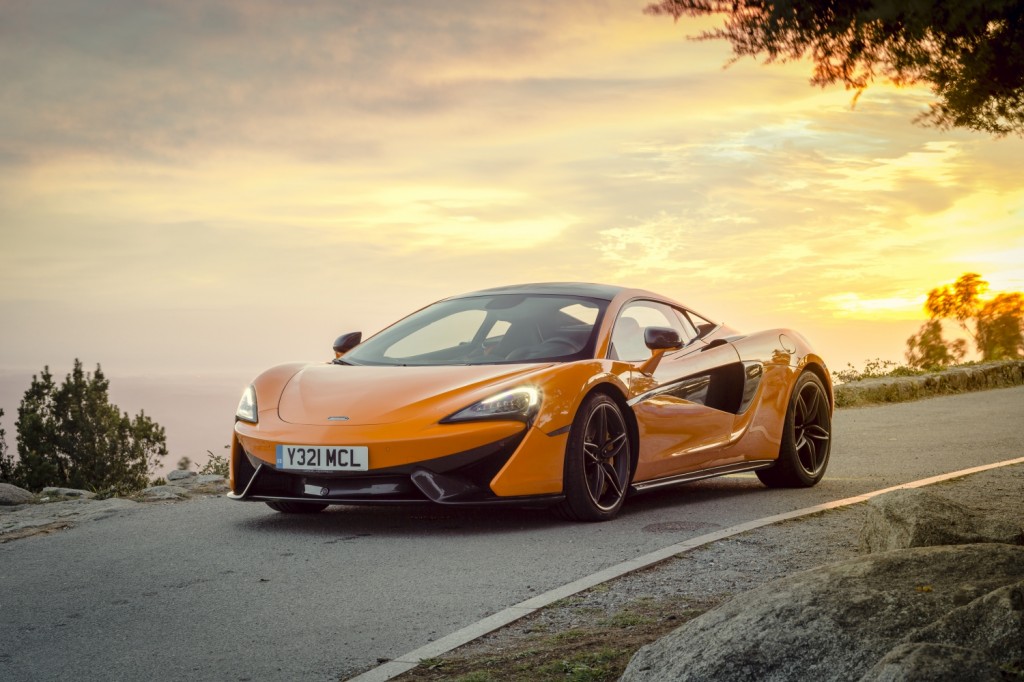
2016 McLaren 570S
McLaren 570S and 570GT, the Sport Series
McLaren's newest and smallest vehicle is nearly as potent as the cars in its Super Series, but the new Sport Series cars are pitched more as direct rivals for Ferrari and Lamborghini. The 570S made its debut at the 2015 New York auto show, powered by a 562-horsepower, 443-pound-foot twin-turbocharged 3.8-liter V-8 engine mounted mid-ship. A 7-speed dual-clutch gearbox enables 0-60 mph times of less than 3.2 seconds and a top speed is 204 mph. The 570S weighs in at 2,895 pounds when configured with lightweight options, and places 42 percent of its weight over the front axle, 58 percent over the rear. A lower-output 540C model is sold in other markets around the world, but not in the U.S. Priced from $187,400, the 570S now has a more practical variant, the 570GT. The $198,950 spin-off sports a different rear roofline, with a hatch that more than doubles the 570S' storage area under a panoramic glass roof. It's also retuned with a more compliant suspension, making it McLaren's most street-friendly offering yet.
